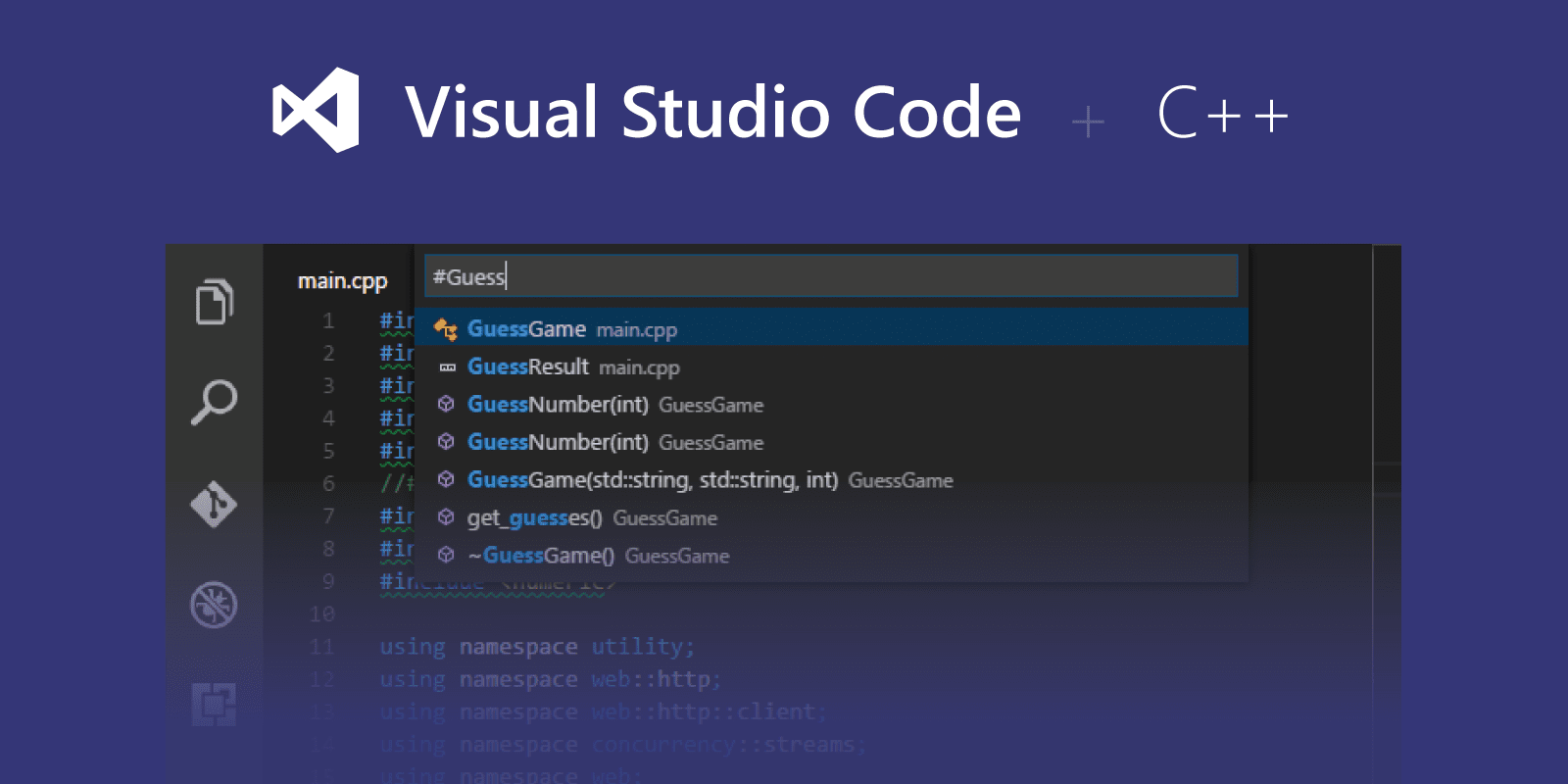

Making determinations about styling for new Rust constructs To solve both of these problems, RFC 3309 has revived the Rust style team, with three goals: We need a way to evolve the default Rust style compatibly, similar in spirit to the mechanisms we use for Rust editions: allowing existing style to continue working, and allowing people to opt into new style. but cannot make this the default without causing continuous integration failures in existing projects.

Rustfmt provides various configuration options to change its default formatting, and many of those options represent changes that many people in the community would like enabled by default. The post also notes that the backwards compatibility maintained by rustfmt "also prevents evolving the Rust style to take community desires into account and improve formatting over time." Some of this work has fallen to the rustfmt team in recent years, but the rustfmt team would prefer to implement style determinations made by another team rather than making such determinations itself." New constructs "by default, get ignored and not formatted by rustfmt," according to a blog post by the Rust style team, "and subsequently need formatting added.

The work includes minor language changes, big structural changes, and backwards compatibility and the style team wants to craft the tool to make it current for easier coding in Rust, and help adoption. The crew will first tackle a "backlog of new language constructs that lack formatting guidance" and move on to "defining and implementing the mechanisms to evolve the default Rust style, and then begin introducing style improvements." The guide instructs developers to "Use spaces, not tabs" and says "each level of indentation must be 4 spaces", for example.īut the team responsible for writing the style guide between 20 has "by design" come to end, so now it's now been decided to create the Rust style team, consisting of Josh Triplett, Caleb Cartwright, Michal Goulet, and Jane Lusby. The tool automatically formats Rust code to let developers focus on output and aims to reduce the steep learning curve confronting new Rust developers.

Rust, which reached version 1.0 in 2015, has a style guide in the "rustfmt" or ' Rust formatting tool' published on GitHub. Python's Guido van Rossum's posted his styling conventions here. "The Rust programming language is getting so popular that the team behind it is creating a team that's dedicated to defining the default Rust coding style," reports ZDNet:Įach language has style guides and, if they're popular enough, may have multiple style guides from major users, like Google, which has its guide for C++ - the language Chrome is written in.


 0 kommentar(er)
0 kommentar(er)
